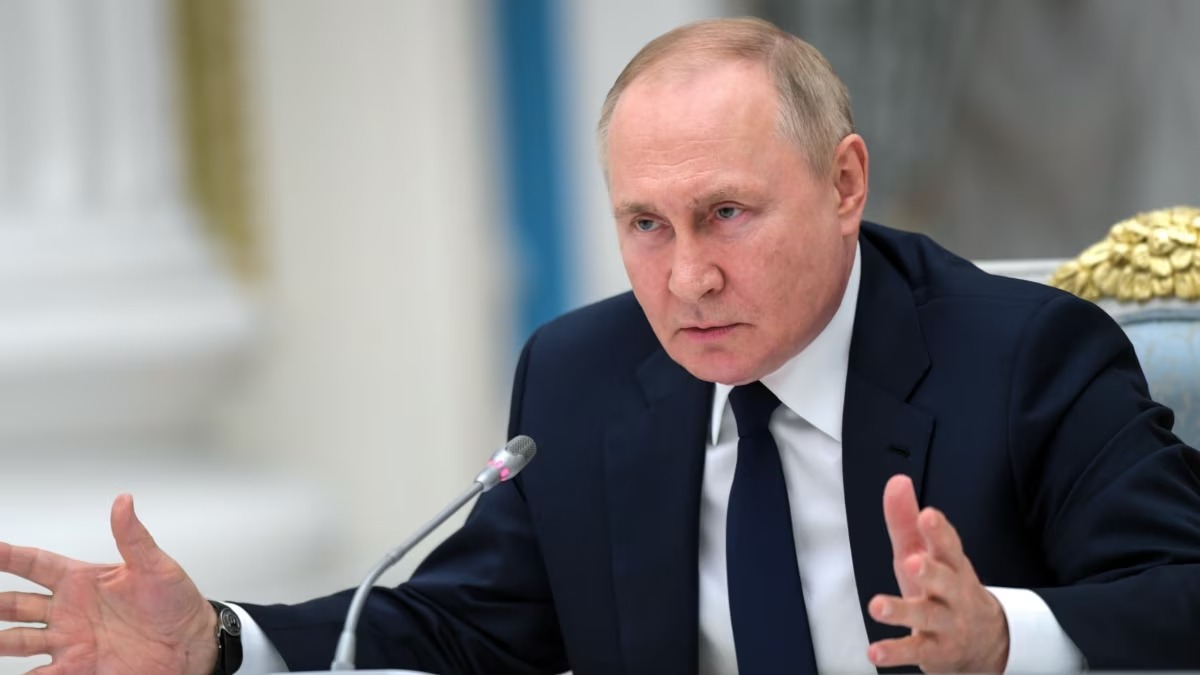The intelligence community’s assessment of Russian President Vladimir Putin‘s approach to the conflict in Ukraine paints a picture of a leader who is strategic in his actions, preferring hybrid warfare tactics over direct military confrontation with NATO.
While acknowledging that Russia faces significant challenges due to the war in Ukraine and the subsequent sanctions imposed on its economy, the intelligence community highlights Putin’s resilience and his efforts to strengthen ties with key adversaries of the West.
Putin’s reluctance to engage in direct military conflict with NATO is underscored by his focus on asymmetric activities that are designed to achieve his objectives without escalating the situation to a point where others would be drawn into the conflict.

This approach reflects Putin’s belief that Russia has successfully thwarted Ukrainian efforts to reclaim territory and that continued Western support for Ukraine is limited, especially in the face of other global conflicts.
The intelligence community emphasizes the significance of Russia’s economic cooperation with China, which provides Moscow with a crucial market for its energy and resources, as well as protection from potential future sanctions.
This partnership also strengthens Russia’s position as a counterbalance to the United States and the West, enhancing its global influence.
Furthermore, Russia’s ability to redirect its maritime oil exports and potentially sell them at prices higher than the G7 price cap demonstrates its resilience and adaptability in the face of Western sanctions.

By cooperating with non-Western partners and capitalizing on rising oil prices, Russia mitigates the economic impact of sanctions to some extent.
Despite the challenges posed by its isolation from Western markets and technologies, as well as the loss of skilled human capital, Russia remains committed to using all available means to advance its interests and undermine the influence of the United States and its allies.
This determination underscores the ongoing rivalry between Russia and the West and highlights the complex geopolitical landscape in which both sides operate.


